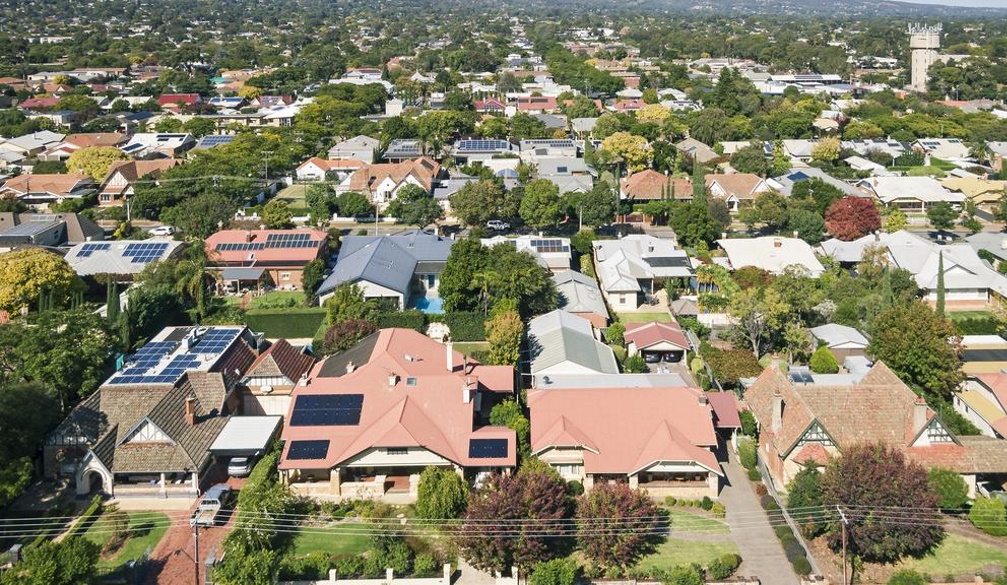Auction activity rises
- Written by Kaytlin Ezzy, Economist, CoreLogic

Auction activity is up for the second consecutive week, with 1,839 capital city homes auctioned this week. With each of the capitals recording auction volumes equal to or above the numbers recorded last week, capital city auction activity rose 14.2% from the previous week (1,611) and was 4.3% higher than the number of auctions held this time last year (1,764). Of the 1,399 results collected so far, 62.6% reported a successful result, the highest preliminary result in 12 weeks.
Melbourne had 787 property auctions last week, with its preliminary clearance rate dropping for the first time in five weeks to 64.9% with 627 sales so far. Last week’s final clearance rate was 58.8%.
Sydney recorded its busiest auction week in August so far, with 654 homes auctioned across the city and its highest preliminary clearance rate (63.4%) since late April. Despite the increase in the preliminary clearance rate, Sydney’s withdrawal rate of 21.2% was higher. The previous week a final clearance rate of 54.7% was recorded (revised down from a preliminary rate of 59.7%), while this time last year 78.5% of Sydney auctions were successful.
Across the smaller capital cities, weekly auction activity held steady across Adelaide (125) and Perth (15) and rose across Brisbane (151) and Canberra (103) up 16.2% and 21.2% respectively. Adelaide recorded a preliminary clearance rate of 68.1%, followed by Canberra (66.7%) and Brisbane (44.2%). In Perth, three of the 14 results collected so far were successful, while two of the three results collected across Tasmania have returned a successful result.
Note for editors: The above results are preliminary, with ‘final’ auction clearance rates published each Thursday. CoreLogic, on average, collects 99% of auction results each week. Clearance rates are calculated across properties that have been taken to auction over the past week.


















